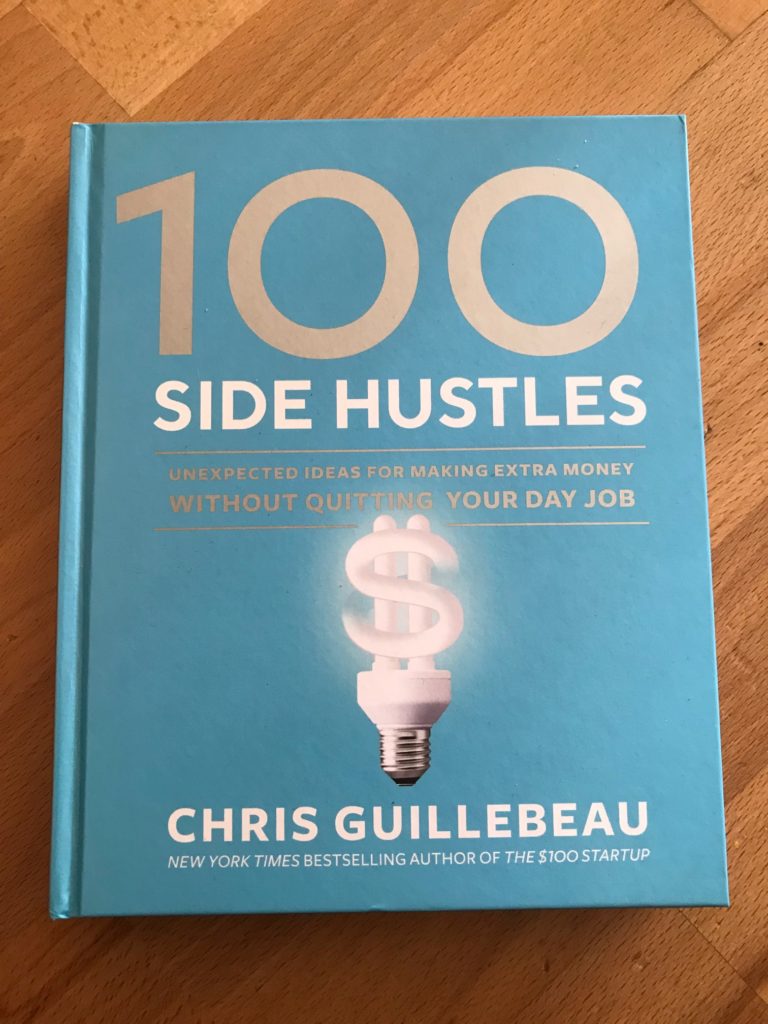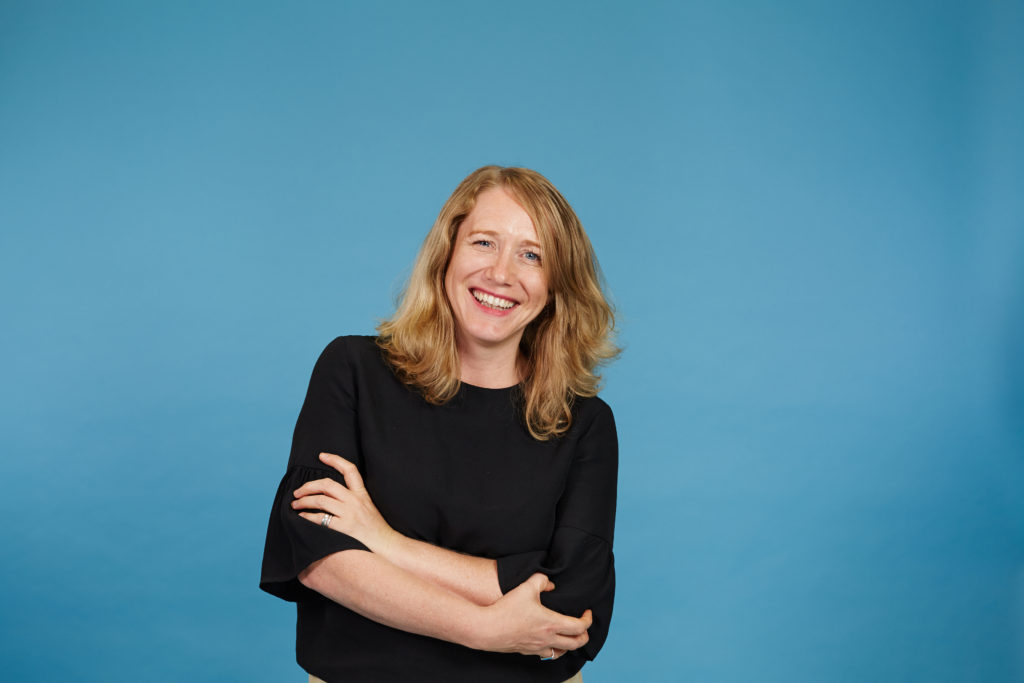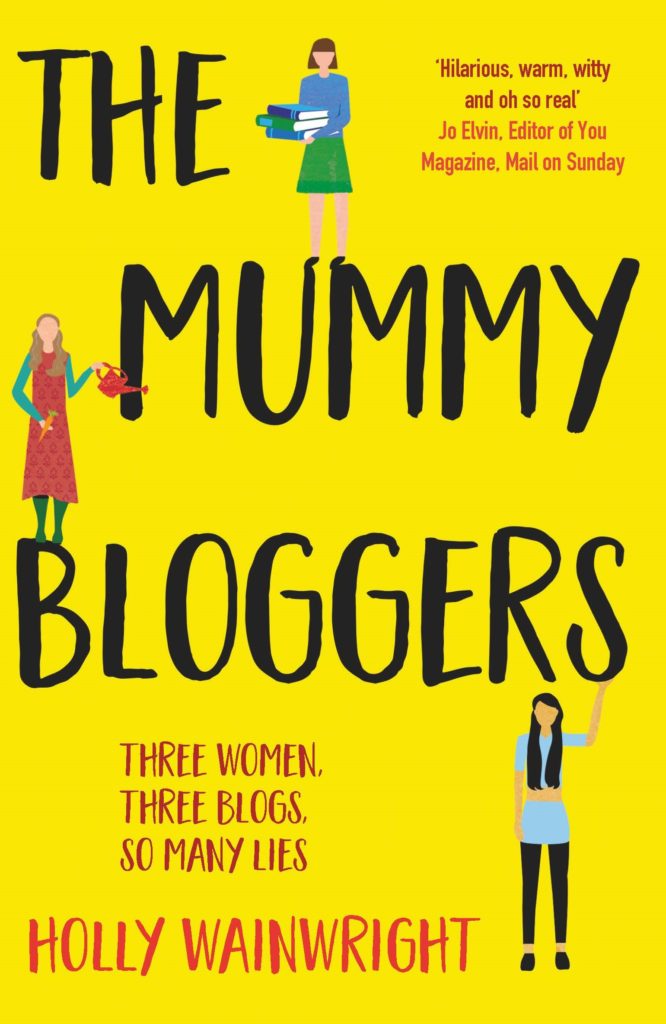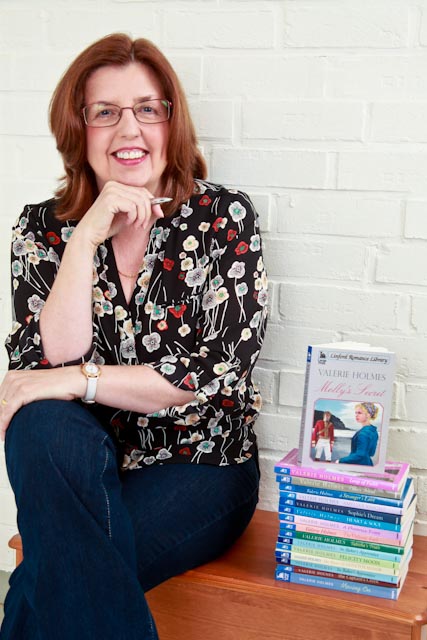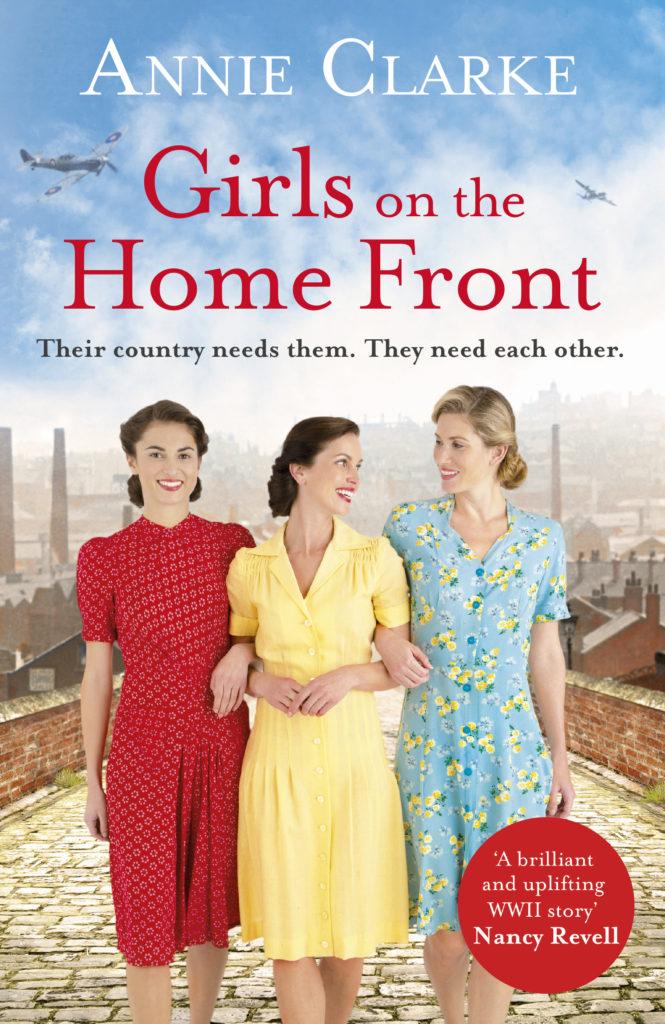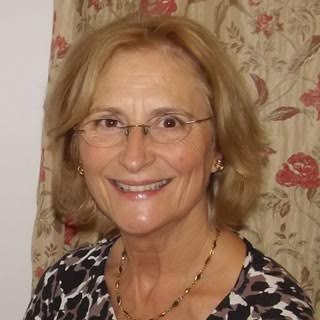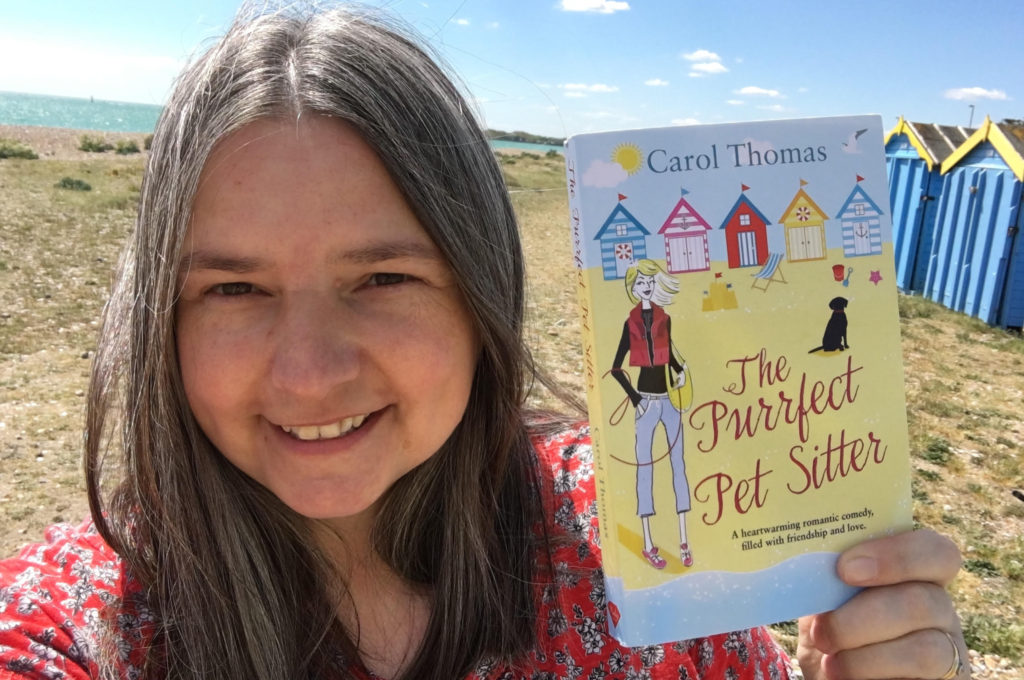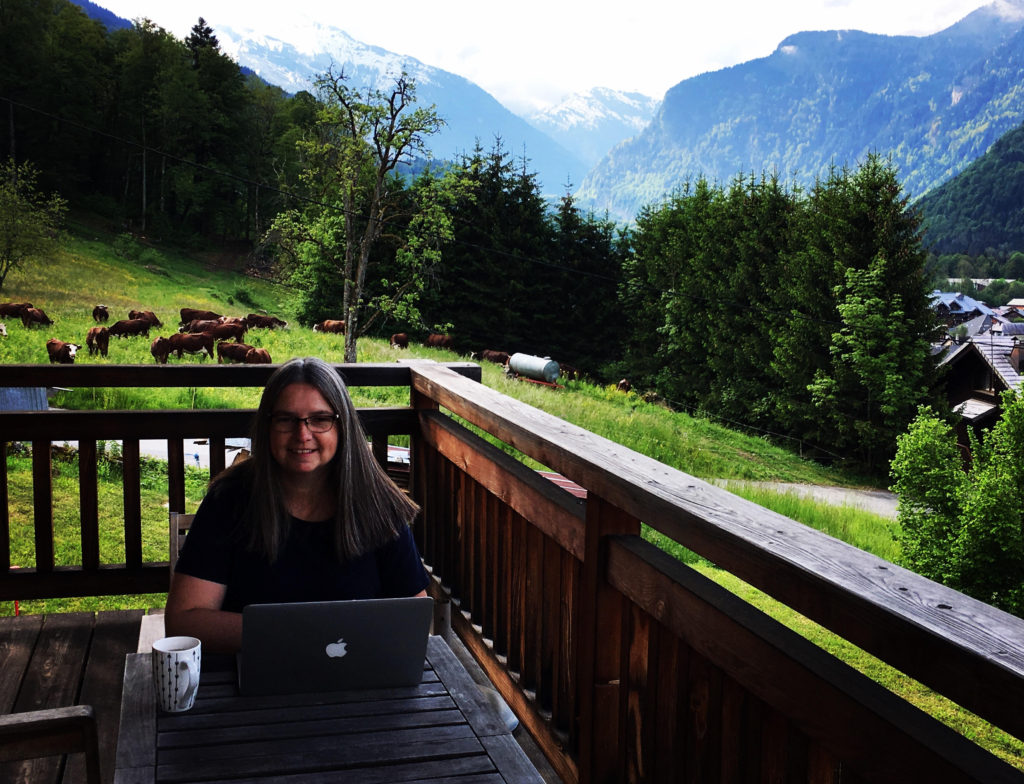Jane Cable reviews Keeping Up by Michael Bates and Tom Huelin
So why am I reviewing a book about cricket? More than one reason, but mainly because this autobiography tells a story seldom told; that of a brilliant young sportsman who fell by the wayside. Not because of accident or injury, but because he it came to the point he simply couldn’t get a job. As an honest portrayal of what went wrong it should be required reading for any youngster aiming for a career in professional sport – and their parents.
This book is important because it’s the story of a career that didn’t work out. And not because of lack of talent, lack of professionalism, or lack of hard work. These are the stories we don’t hear. Especially in an everything’s perfect candy floss world dominated by social media. We need to know it’s OK if you try your best and it isn’t enough. It’s a lesson for us all.
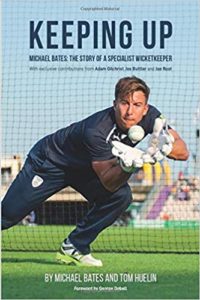 I first met Michael Bates in late 2008 when he was part of an exceptionally talented group of youngsters in the Hampshire Cricket Academy. At the time I was freelancing as a cricket writer, working for the club’s website and I was keen to write about these youngsters. Michael came across as confident and mature (he’d have just turned eighteen), with a burning ambition to play for England.
I first met Michael Bates in late 2008 when he was part of an exceptionally talented group of youngsters in the Hampshire Cricket Academy. At the time I was freelancing as a cricket writer, working for the club’s website and I was keen to write about these youngsters. Michael came across as confident and mature (he’d have just turned eighteen), with a burning ambition to play for England.
Humour me for a few sentences while I wax lyrical about his keeping, because in order to understand this book, you need to understand just how good Michael was. That’s hard if you’re not an out and out cricket badger, but if you watch any sport at all, you’ll know that the best of the best move in a way that sets them apart, and have such confidence in their ability they make the almost impossible look easy. And that was Bates behind the stumps.
The book charts his progress from school cricket, through, and beyond, the professional game. For me it was absolutely fascinating to see the club I knew so well from one angle revealed through another. I totally relate to Michael’s descriptions of the macho environment where admitting weakness was practically impossible, but at the same time, in one day cricket at least, it was a period when Hampshire were very successful.
So what went wrong for Michael? In simple terms, these days wicket keepers need to be good batsmen as well. Now while he could undoubtedly bat, it was never in the same class as his keeping. But I was of the school of thought that maybe he didn’t score so many runs himself, but add the runs he stopped the opposition from scoring and the equation more than evened itself out.
But the powers at Hampshire didn’t agree and after Michael being a key part of the team that won Hampshire two trophies in 2012, they brought in a keeper with a better batting reputation over his head. Hampshire members were outraged. And although no-one knew it at the time, Michael Bates’ career was effectively over at twenty-two.
The one thing this book doesn’t do very well is draw comparisons with the wider world, perhaps because it’s fundamentally a book about cricket. But the authors have missed a trick here. Not just the angle that it’s OK to talk about failure, but also the inherent lessons for modern teams in the world of work in general.
The book does, however, have a happy ending. Michael Bates is now coaching at a high level in the cricket world, being part of the backroom staff behind the England Women’s World Cup win in 2017. He’s been able to take the harsh lessons he learnt and apply them to help others to succeed. At twenty-eight years old, that’s quite something.
Keeping Up is independently published. https://www.amazon.co.uk/Keeping-Up-Surviving-specialist-multi-dimensional/dp/1090420161/

